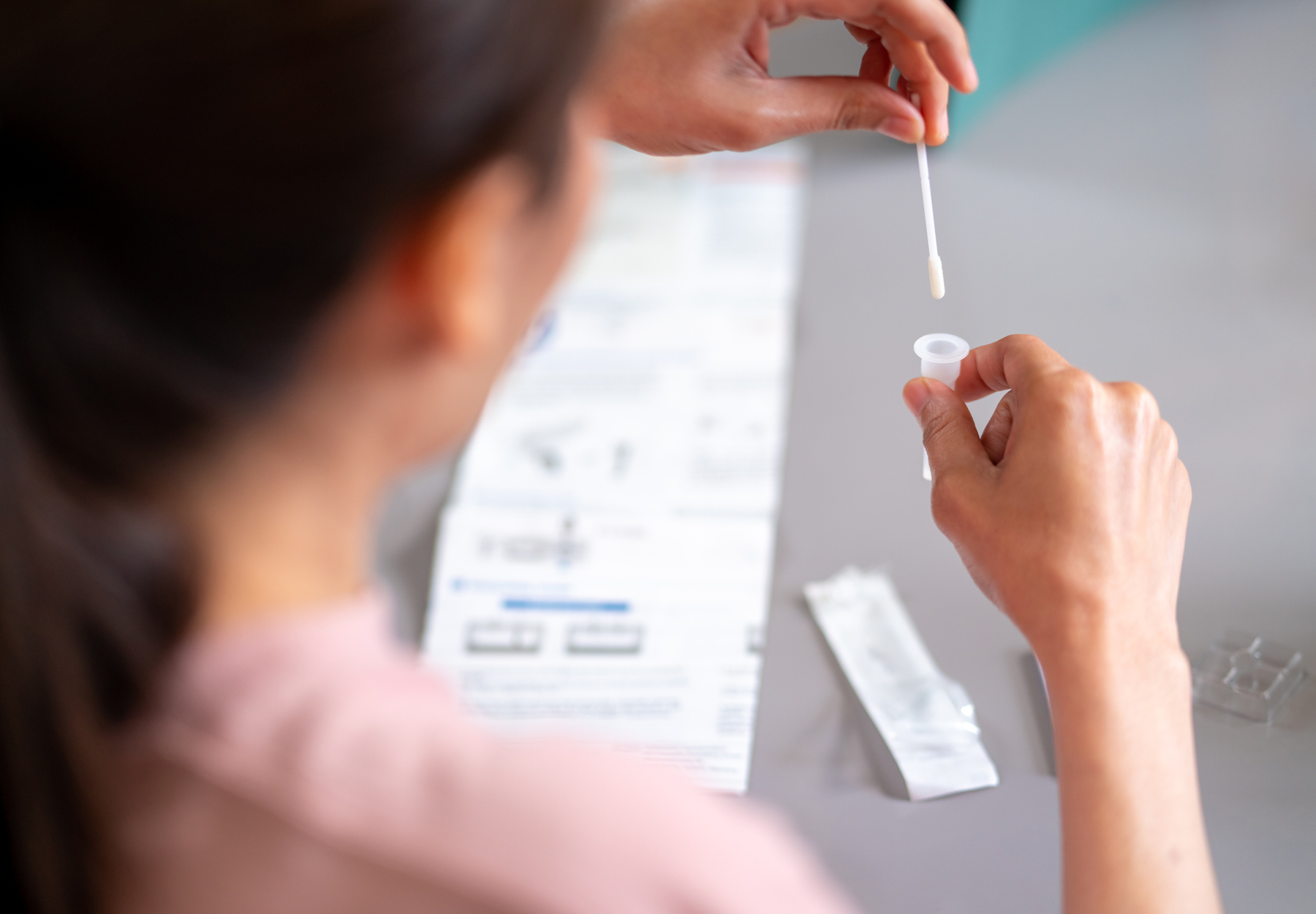The ending of the public health emergency (PHE) on May 11 will have major ramifications for labs and their compliance programs. First and foremost, the Section 1135 blanket waivers temporarily relaxing Medicare billing, coverage, and kickback rules to clear the way for COVID-19 testing arrangements will also come to an end, meaning that the normal stringent requirements will also apply. However, termination of the PHE will have a less immediate impact on FDA clearances for new COVID-19 products. On January 31, the day after the Biden administration announced its intention to end the PHE, the FDA offered reassurance that it will continue to have authority to clear new lab tests and other COVID-19 products on an emergency basis even after the PHE ends.
EUAs After the PHE
The FDA outlined its position in the form of new Q&A guidance posted on the agency’s website. There are different kinds of emergency declarations that serve different purposes, the guidance explains. FDA authority to issue Emergency Use Authorization (EUA) for new products during an emergency isn’t based on the PHE ending on May 11 (which the U.S. Department of Health and Human Services [HHS] declared under Section 319 of the Public Health Service [PHS] Act). Instead, it’s based on what’s called a 564 declaration issued by the HHS Secretary under Section 564 of the Federal Food, Drug, and Cosmetic (FD&C) Act. HHS issued such a 564 declaration for COVID-19 on February 4, 2020, establishing the basis for FDA to issue EUAs for COVID-related:
- In vitro diagnostics;
- Personal respiratory protective devices;
- Medical devices; and
- Drugs and biological products.
Unlike a Section 319 PHE declaration that ends automatically if it’s not extended, a Section 564 EUA declaration continues until the HHS Secretary expressly terminates it. A Section 564 declaration can also continue even after the PHE on which it’s based ends. Result: End of the PHE on May 11 won’t necessarily end EUAs for new COVID-19 products.
The FDA also clarifies that if and when HHS does declare an end to the COVID-19 EUA declaration, all EUAs issued under the declaration will cease to be in effect on the termination date. The FDA may also revoke EUAs for individual products before the EUA declaration is terminated if circumstances warrant.
Termination of the EUA declaration won’t come as a surprise, the guidance explains. For it to happen, the Secretary will have to notify the public before terminating an EUA declaration by publishing a notice in the Federal Register. This will trigger a transition which must last for a reasonable period to allow for “proper dispositioning.” “For EUAs covering unapproved uses of approved products, the transition will allow a sufficient period for proper dispositioning of any labeling or other materials associated with the authorization,” according to the guidance. Authorization of an unapproved product remains effective after the EUA declaration terminates to allow for continued use with a current patient if the patient’s physician considers it necessary.
“FDA recognizes that it will take time for manufacturers, health care facilities, providers, patients, and other stakeholders to transition away from EUA products and the policies that support them,” the agency notes, promising to furnish support during the transition.
Get more insight on what will happen to EUAs post-PHE in this article from our upcoming March 2023 National Lab Reporter, posted in advance of PDF publication.
